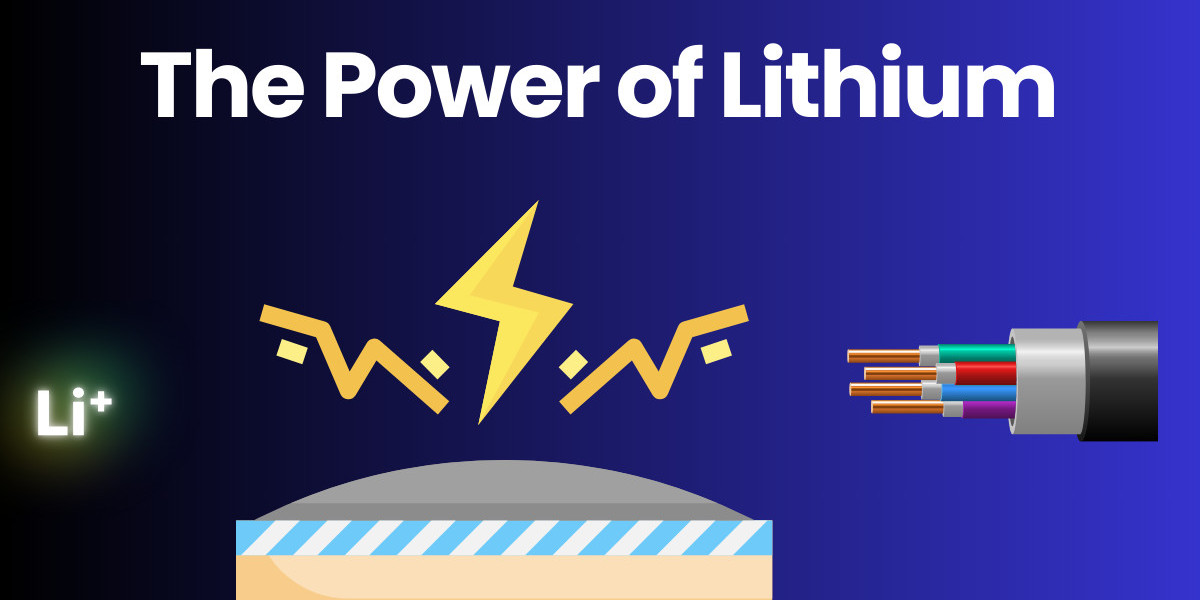In the evolving landscape of technology and energy, few elements have garnered as much attention as lithium. This lightweight metal has become synonymous with modern advancements in energy storage, electric vehicles, and even portable electronics. In this extensive guide, we'll explore the significance of lithium, its applications, the challenges associated with its extraction, and its role in shaping the future of sustainable energy.
What is Lithium?
Lithium is a chemical element with the symbol Li and atomic number 3. It is a soft, silvery-white alkali metal that is highly reactive and flammable. Being the lightest metal and the least dense solid element, lithium has unique properties that make it indispensable in various technological applications.
The Growing Demand for Lithium
Over the past decade, the demand for lithium has surged, primarily due to its crucial role in batteries for electronic devices and electric vehicles. Lithium has emerged as a critical player in transitioning from fossil fuels to renewable energy sources as the world shifts towards cleaner energy solutions.
Lithium in Battery Technology
One of the most significant uses of lithium is in producing lithium-ion batteries. These batteries are the backbone of modern electronics, powering everything from smartphones and laptops to electric vehicles (EVs) and renewable energy storage systems. Lithium's lightweight and high energy density makes it an ideal choice for these applications, providing longer-lasting and more efficient power sources.
Lithium-ion batteries have revolutionized consumer electronics by offering a compact, reliable, and rechargeable energy solution. Their high energy density translates to longer driving ranges and reduced charging times compared to traditional battery technologies. They are also critical for EVs.
Applications Beyond Batteries
While lithium is most commonly associated with batteries, its applications extend far beyond. Here are some of the other significant uses of lithium:
Pharmaceuticals: Lithium compounds, mainly lithium carbonate, are used to treat bipolar disorder. They help stabilize mood swings and are an essential part of managing mental health conditions.
Glass and Ceramics: Lithium is used to produce specialized glass and ceramics. It improves these materials' strength and thermal resistance, making them suitable for use in high-temperature environments and durable consumer products.
Aerospace: Lithium alloys are utilized in the aerospace industry due to their lightweight and strength properties. They are used in aircraft and spacecraft components, contributing to fuel efficiency and overall performance.
Greases and Lubricants: Lithium soaps formulate high-temperature lubricants and greases. These lubricants are essential for maintaining the smooth operation of machinery under extreme conditions.
The Environmental Impact of Lithium Extraction
Despite its numerous benefits, the extraction and processing of lithium raise environmental concerns. The primary sources of lithium are brine deposits and hard rock (spodumene) mining. Both methods have ecological implications that need to be addressed:
Brine Extraction: This method involves pumping lithium-rich brine from underground reservoirs to the surface and evaporating it to concentrate the lithium. The process can consume vast amounts of water and impact local ecosystems, particularly in arid regions with many lithium brine deposits.
Hard Rock Mining: Extracting lithium from spodumene involves conventional mining techniques, which, if not managed properly, can lead to habitat destruction and soil and water contamination.
Companies are investing in more sustainable extraction methods and recycling technologies to mitigate these environmental impacts. Efforts are being made to develop closed-loop systems that minimize waste and reduce the overall ecological footprint of lithium mining.
Innovations in Lithium Technology
The future of lithium technology is brimming with exciting possibilities. Researchers and engineers are working on several innovative approaches to enhance the performance and sustainability of lithium-based products:
Solid-State Batteries: Solid-state batteries use a solid electrolyte instead of the liquid or gel electrolytes in traditional lithium-ion batteries. These batteries promise higher energy densities, excellent safety, and longer lifespans.
Recycling Technologies: As lithium becomes increasingly critical, recycling old batteries and electronic devices is essential. Advances in recycling technologies aim to recover lithium from used products efficiently, reducing the need for new raw materials and minimizing waste.
Alternative Lithium Sources: Researchers are exploring new sources of lithium, such as geothermal brines and seawater, to diversify supply and reduce the environmental impact of traditional extraction methods.
The Future of Lithium
Lithium will continue to play a pivotal role in the global shift towards sustainable energy solutions. As technology advances and demand for clean energy grows, its importance will only increase. Innovations in extraction, recycling, and battery technology will shape the future of this critical element, driving progress in various industries and contributing to a more sustainable world.
Conclusion
Lithium is much more than just a metal; it is a critical component in our time's technological and energy revolutions. Lithium is integral to many aspects of modern life, from powering our electronic devices and electric vehicles to its role in medical treatments and industrial applications. As we continue to explore and innovate, the role of lithium will undoubtedly expand, offering new solutions and opportunities for a sustainable future.


